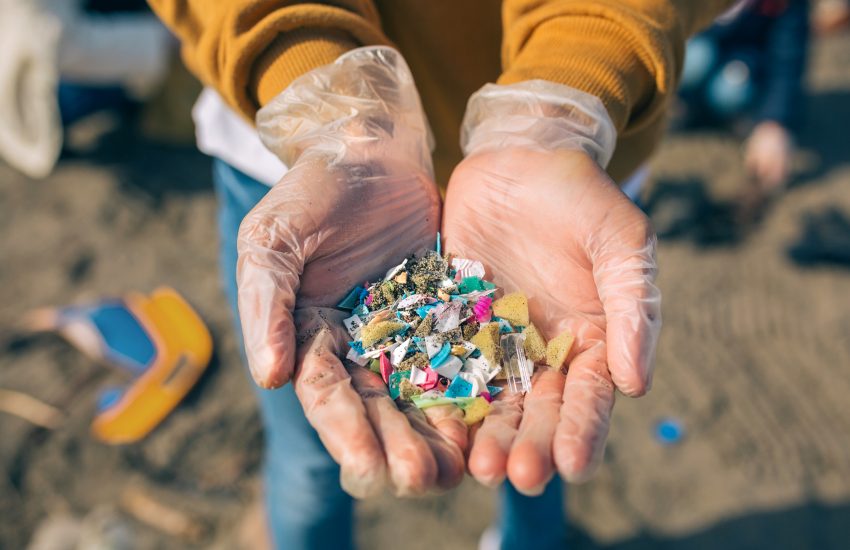The Solution To Polution
October 19, 2021
A very indisputable current global issue is pollution. Pollution affects almost everything. There is air pollution, light pollution, and more. But the main focus is water pollution. Every day millions of microplastics enter our oceans, affecting us, our health, plants, and sea life. Every week an ordinary human might swallow a few grams of microplastics. Microplastics are difficult to degrade particles of water bottles, plastic bags, etc. All somehow entering every source of natural life around us.
Martin Pumera is a researcher and professor at the University of Chemistry and Technology of Prague. Martin is a mastermind of nanodevices and technology. He founded his scintillating team in the year 2006. “I have always had broad interests in several topics. At the moment, we are focusing on electrochemistry and electrocatalysis of layered materials, 3D printing, the toxicity of nanomaterials and drug delivery, and, of course, autonomous nanorobots.” Says Martin about the gist of his team’s research. Well, why is Martin so crucial? Luckily for us, they have come up with a great source of technology to help reduce the number of microplastics in our ocean called microbots. Microrobots may have the key to saving our planet. These microrobots are the size of the tip of your pencil. All created by the amazing Pumera Team. Microrobots suction onto plastic and degrade them, all while being powered by our solar energy.
All of the science and chemistry that goes behind these severely tiny devices are extremely generic. Chemical reactions play a huge role in this invention. Bismuth vanadate goes through a chemical reaction with sunlight. The energy created causes it to swim. These chemical reactions are made to be strong enough to break down plastics. The star-shaped microbot is also coated in magnetic particles. So for later use, the robots collect plastic to degrade later.
These inventions undergo an abundant amount of testing and development. Apart from every scientist’s work they follow Scientific methods. Before they conclude, scientists go through lots of experiments to test their hypotheses. In the lab, the organization had experimented with four various types of plastics. All having a time window of a week. After all the chemical reactions, exposure to light, and extent given all plastics had their weight lessened. Not vastly, but only by a diminutive percent. The average percent of weight lost was 0.5 to 3%. Although that wasn’t exerted as a small theory. It determined whether the technology proved it degrades microplastics. Another test the microbot went through was testing the magnetic potency it had. The piece of technology latched onto 70% of microplastic particles for later reduction.
This microbot still has a long way to go. Researchers have lots to say about the product, and how it has much to work on. Pumera openly acknowledged and agreed to those statements. It is only questionable whether it is truly safe for our open waters and marine life. Martin is no quitter, he is trying new materials and approaches to ensure a safe and effective product for later use. His main objective and inspiration was pollution. His goal was to make an “environmentally friendly robot that can be used anywhere.” There is no doubt Martin will give up on the prodigious microbot he has created.
Almost any scientist can rely on microbots leading to our futurity in protecting the environment. The global issue is being used as motivation and looked on upon by many scientists. Douglas Blackiston thinks that it’s a race between scientists. They all want the same outlook. But it will take a while to perfect this admirable work. There are lots to be considered and fixed. After all, we all want a product that’s great and ensures no inaccuracy. So for now, we all must play our part in reducing the number of microplastics we use and the way we dispose of them.








